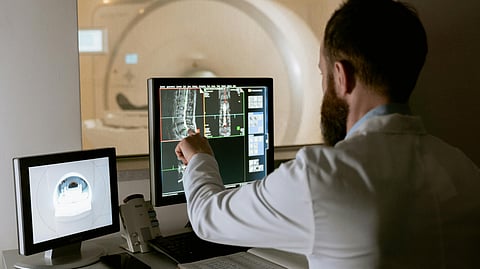Computed Tomography (CT) scans have revolutionized modern medicine with the ability to offer a rapid, accurate, and non-surgical glimpse into the human body. They are utilized to identify internal injuries to tumors, blood clots, and bone illness. However, a growing pool of research now reveals an alarming fact: while often unavoidable, CT scans carry an undercover price tag and an increased risk of cancer progression due to repeated radiation exposure.
A recent report published in JAMA Internal Medicine has placed this problem in stark relief, alerting to the mass and increasing use of CT scans. The study identified that the volume of scans performed in America has grown by more than 30% since 2007 and that 93 million CT scans were estimated to have been performed in 2023 alone.
Stunning Statistics: 103,000 Future Cancer Cases Caused by CT Scans
US and UK scientists estimated the number of cancer cases caused by CT scans at an upper limit of 5% of all new US cancer cases. Although the risk to each individual remains relatively low, the sheer volumes of use render infinitesimal risks a significant public health concern. The study puts up to 103,000 future cancer cases down to CT scans that were conducted in 2023.
Dr. Rebecca Smith-Bindman, the lead epidemiologist at the University of California, San Francisco, observes:


